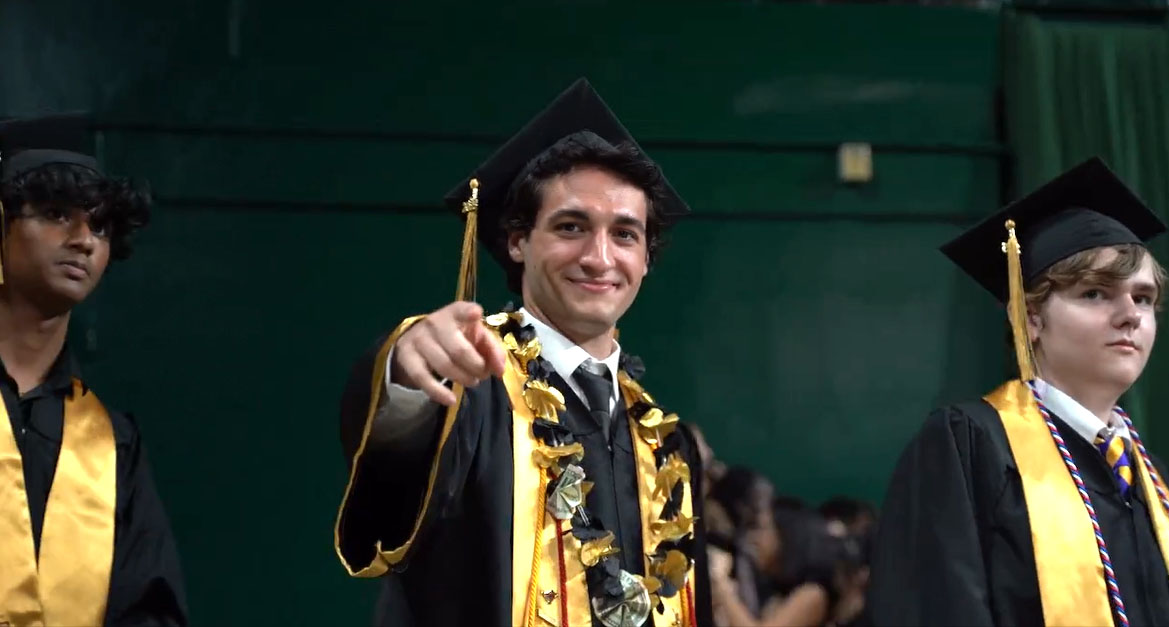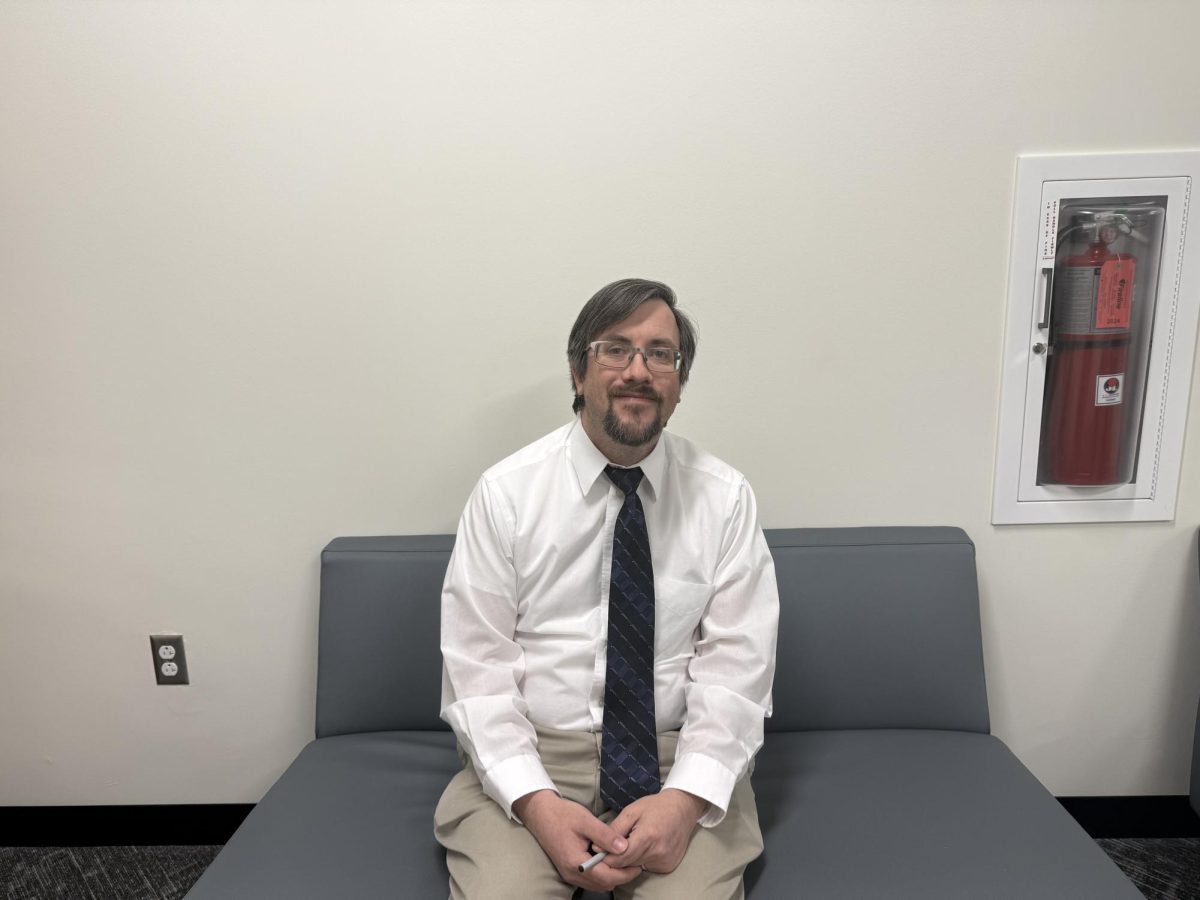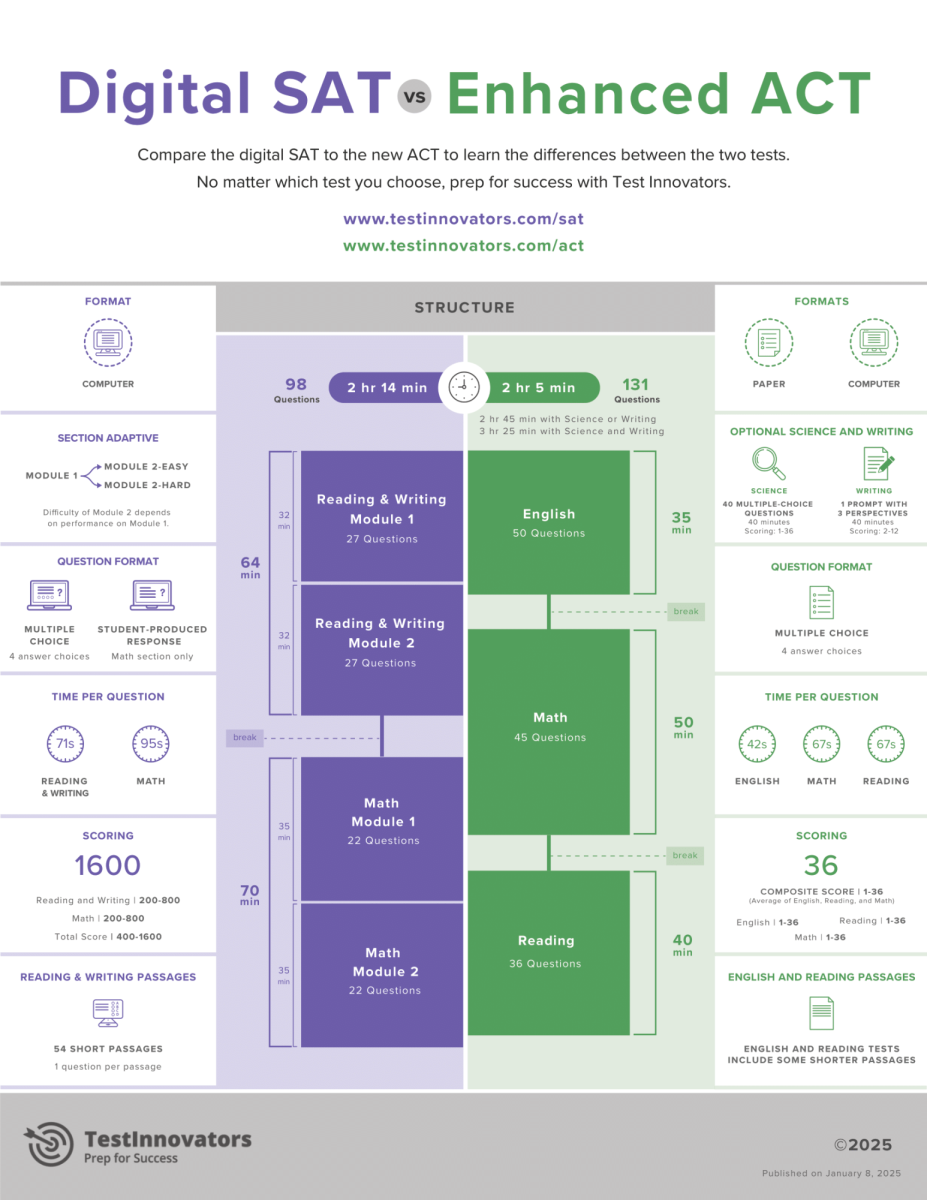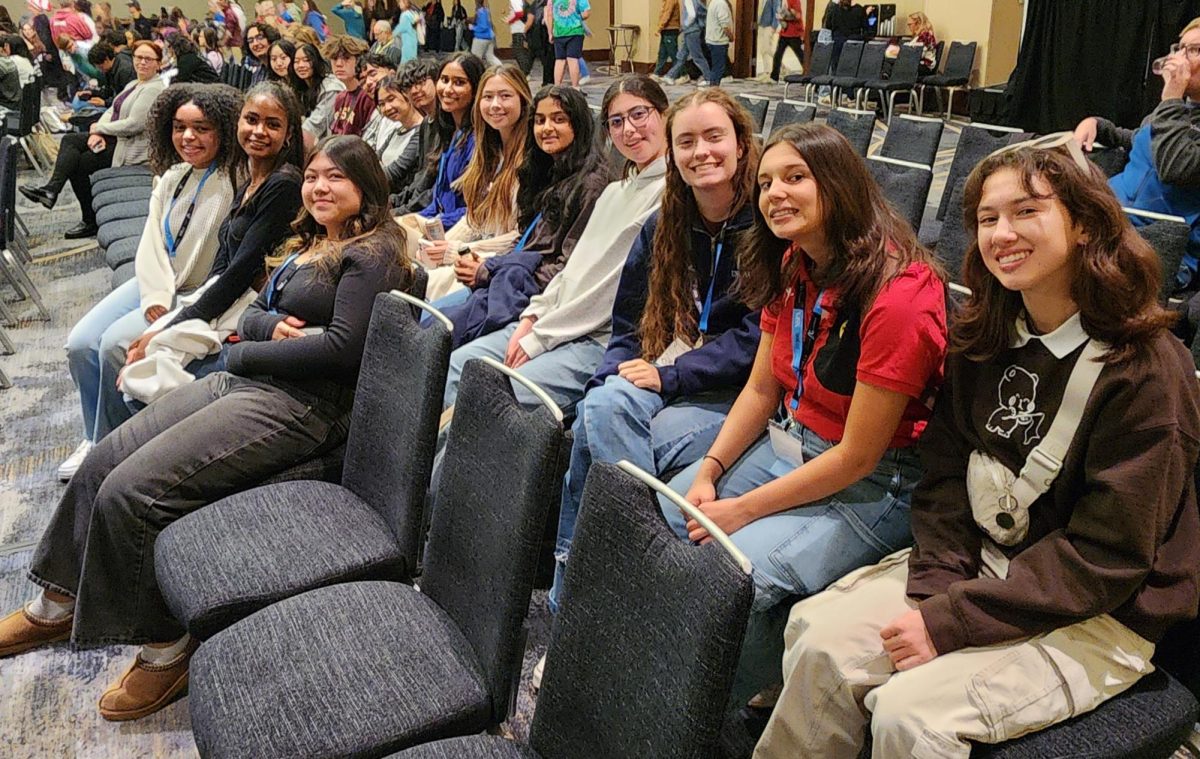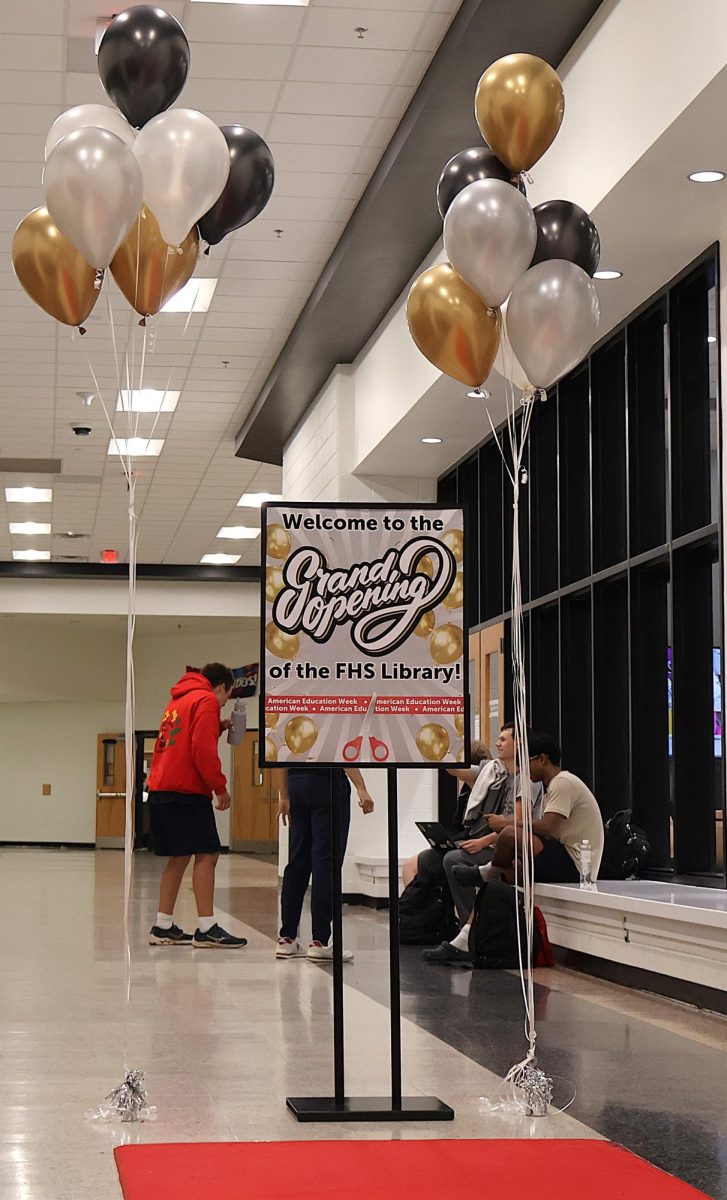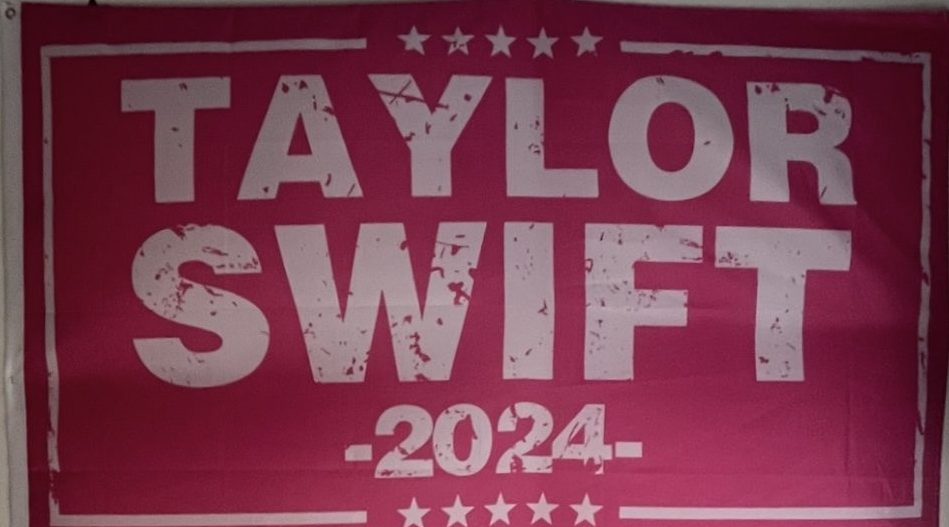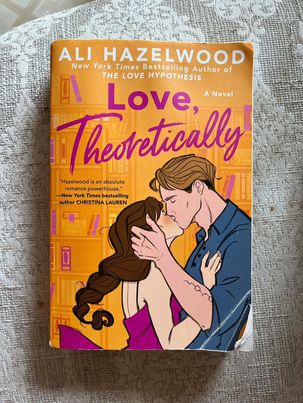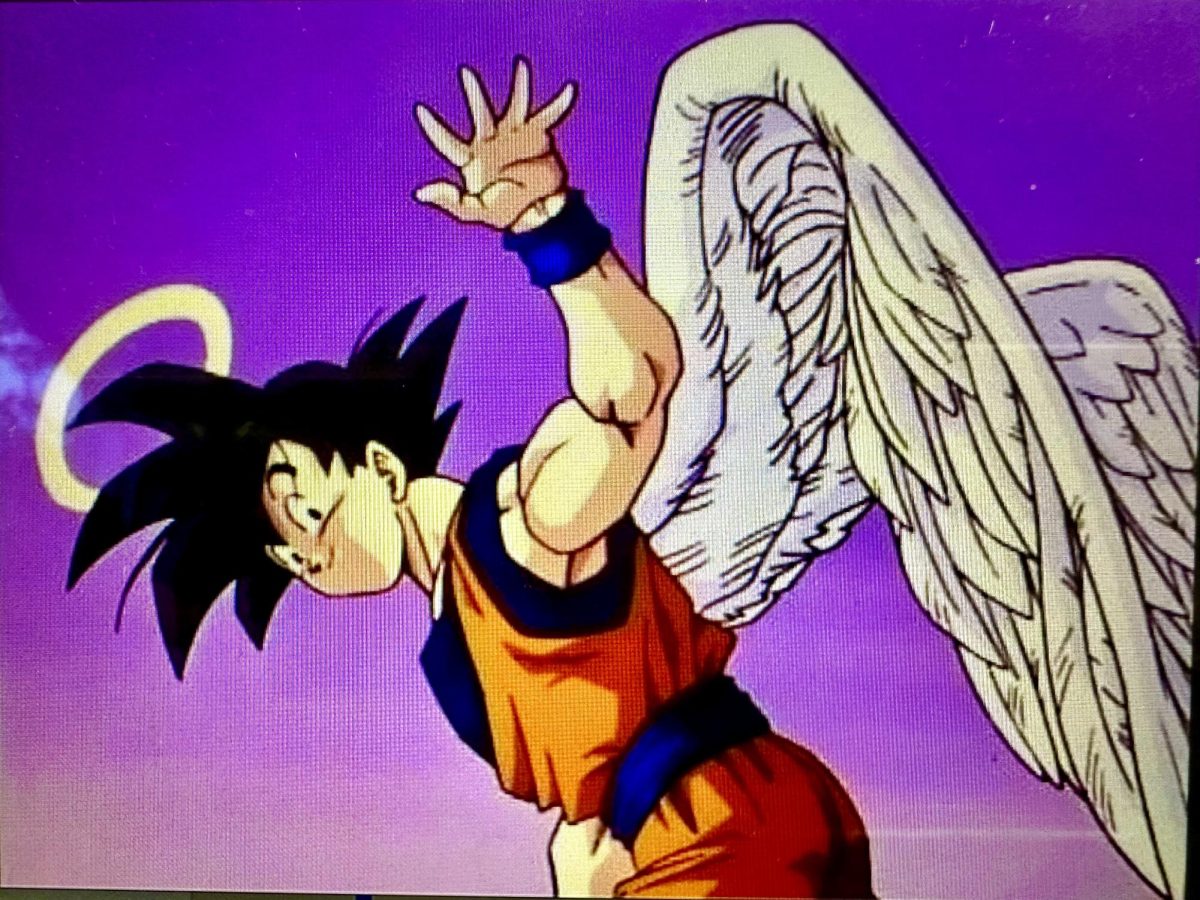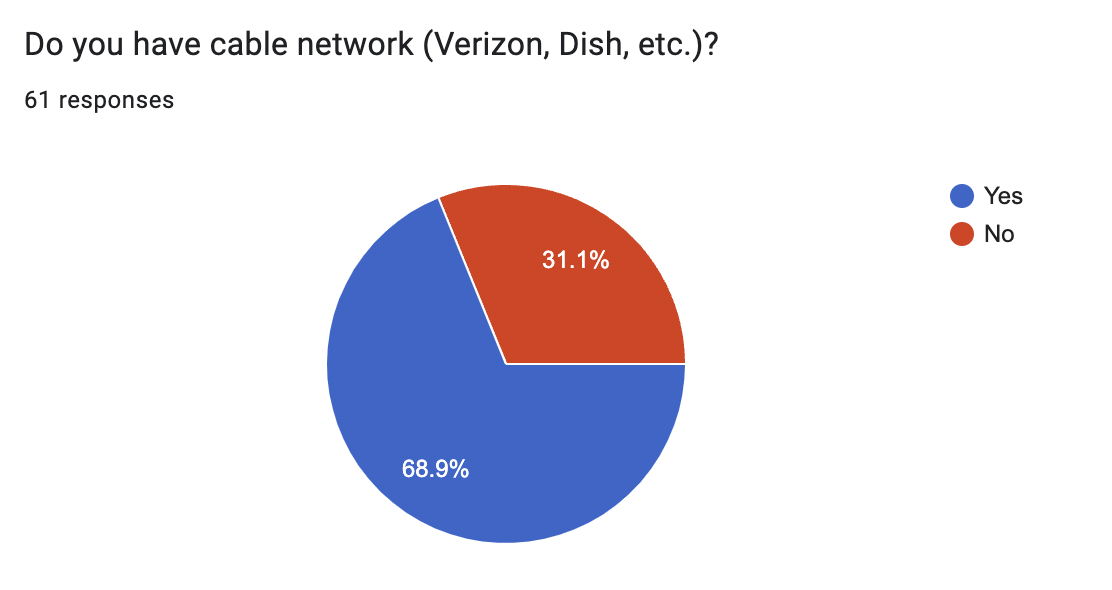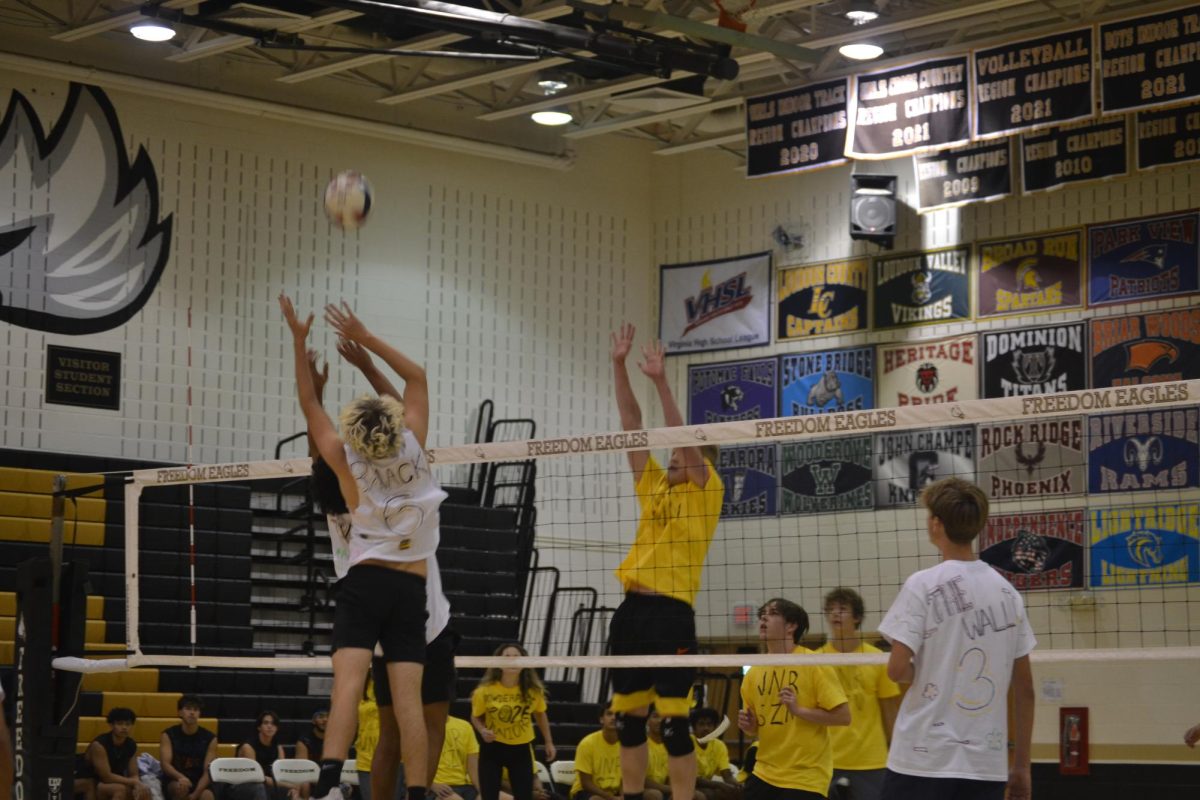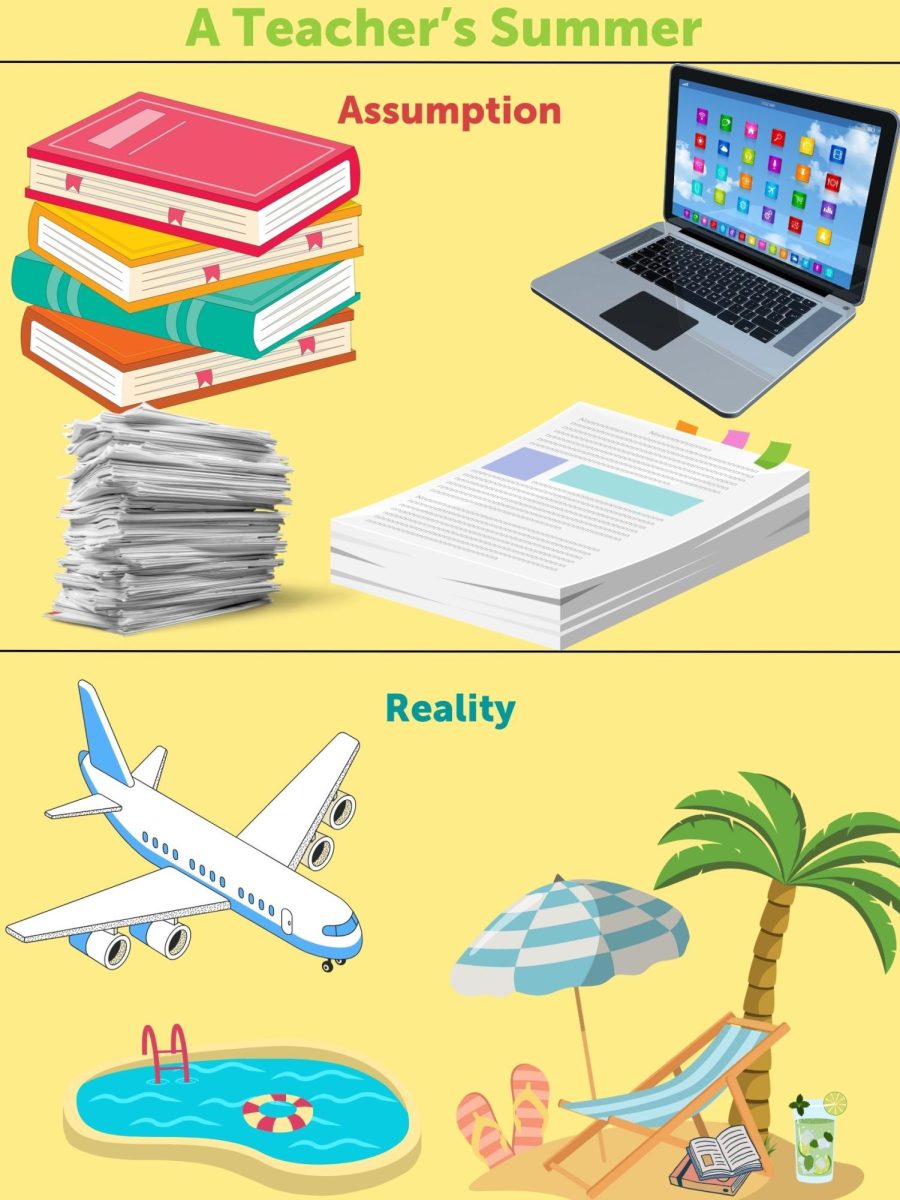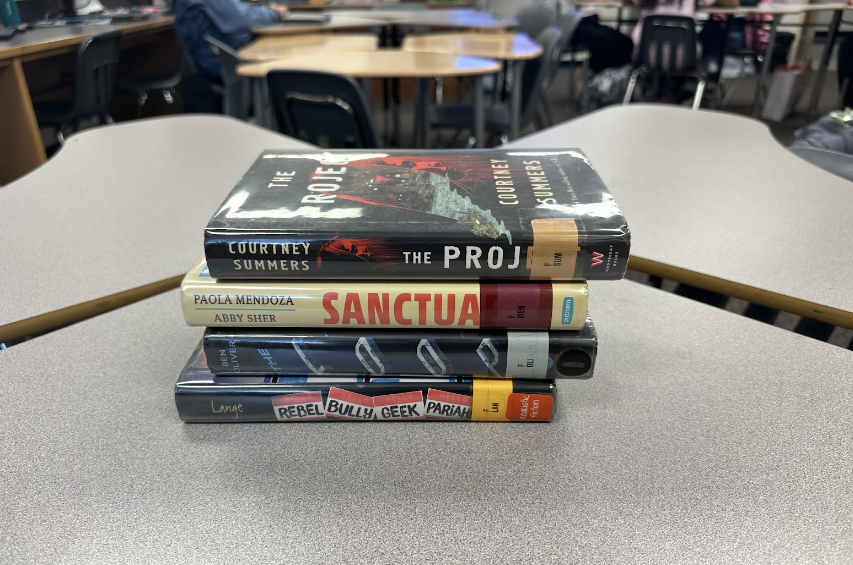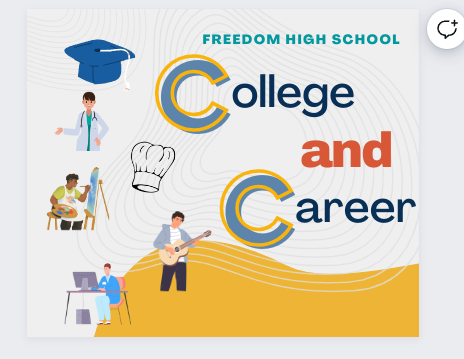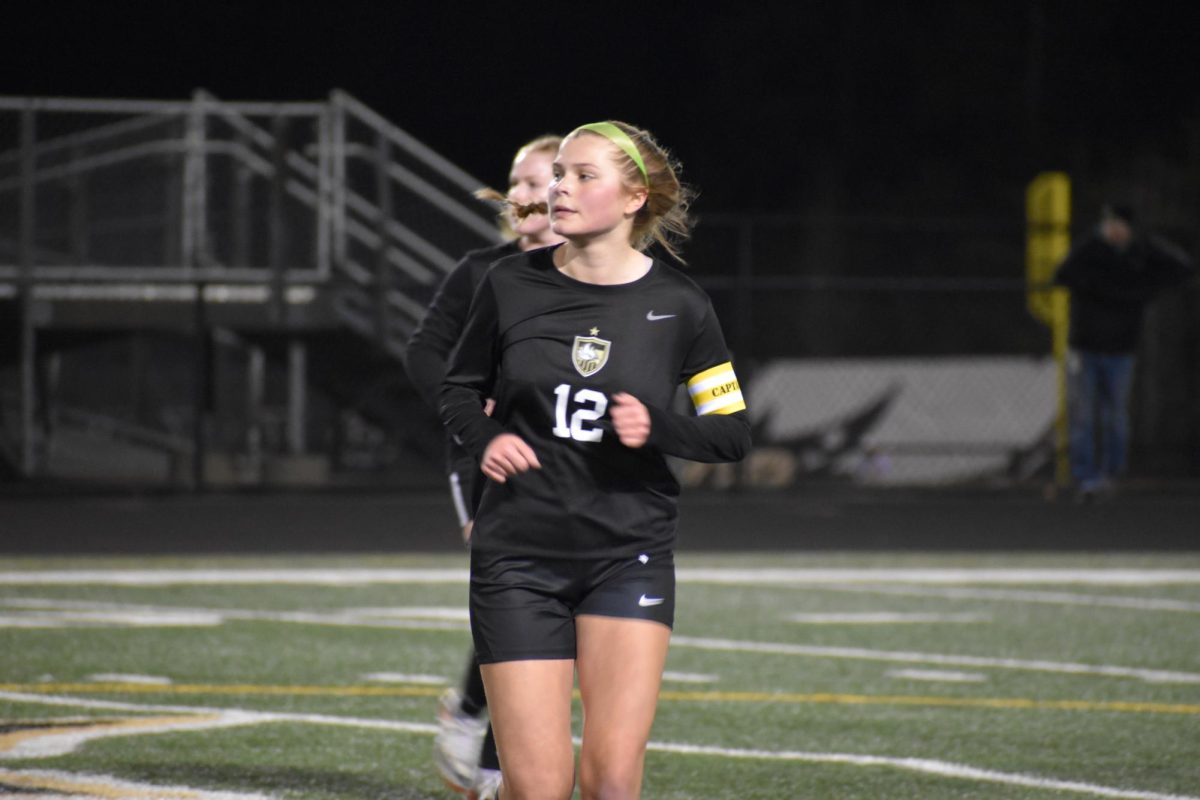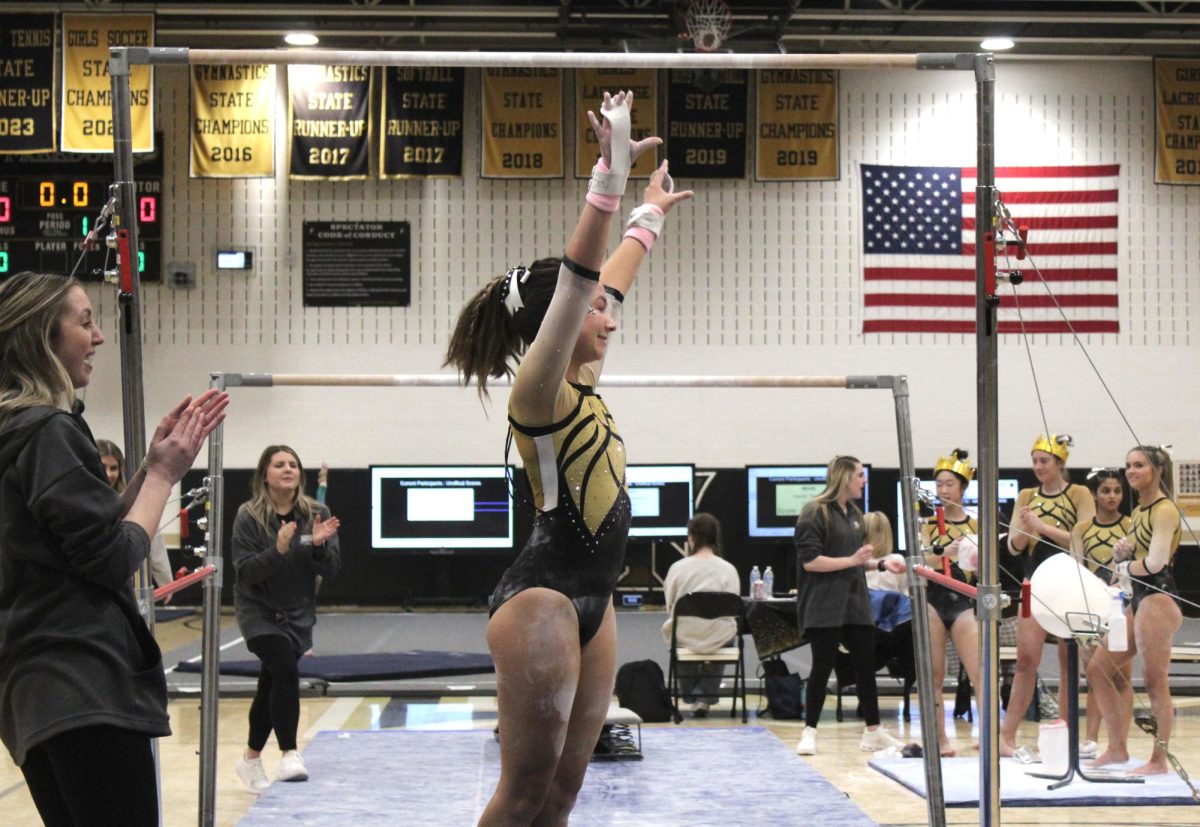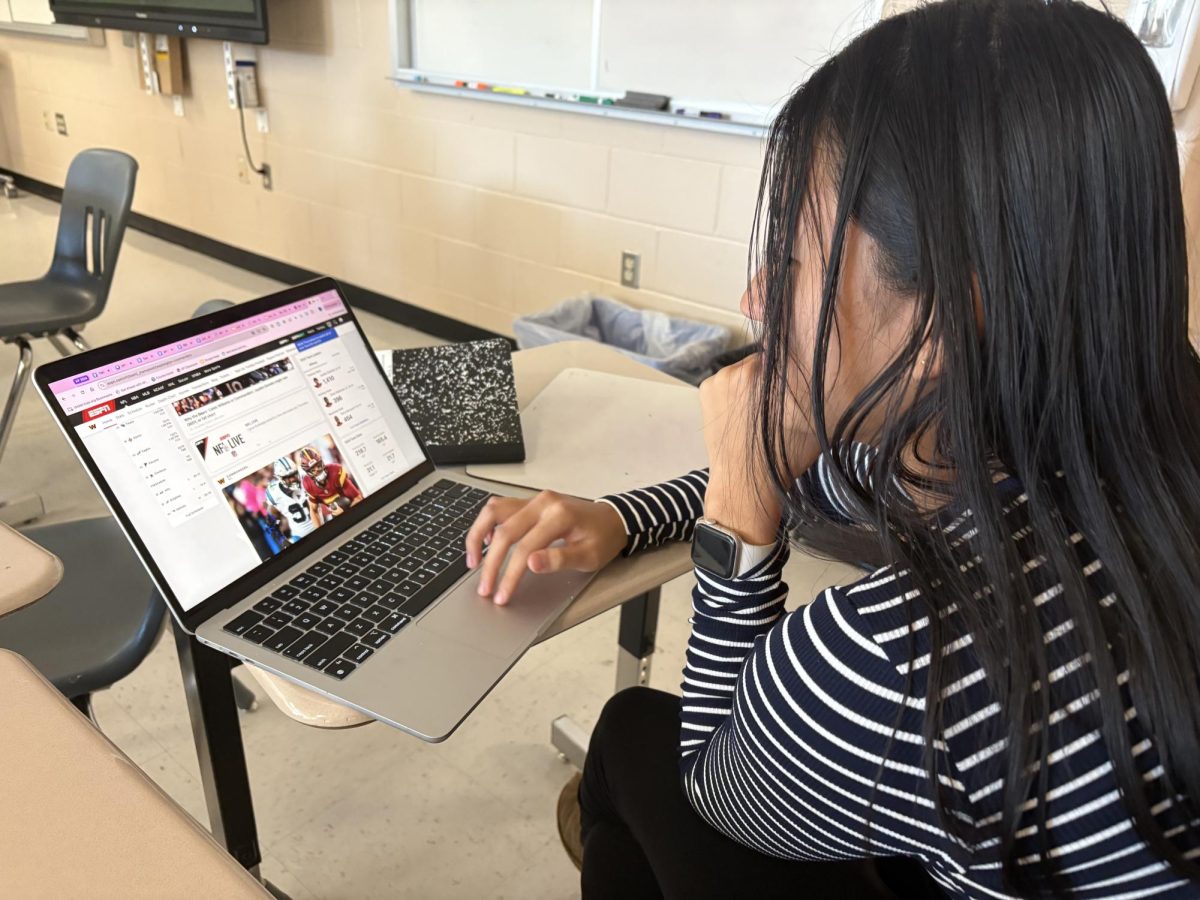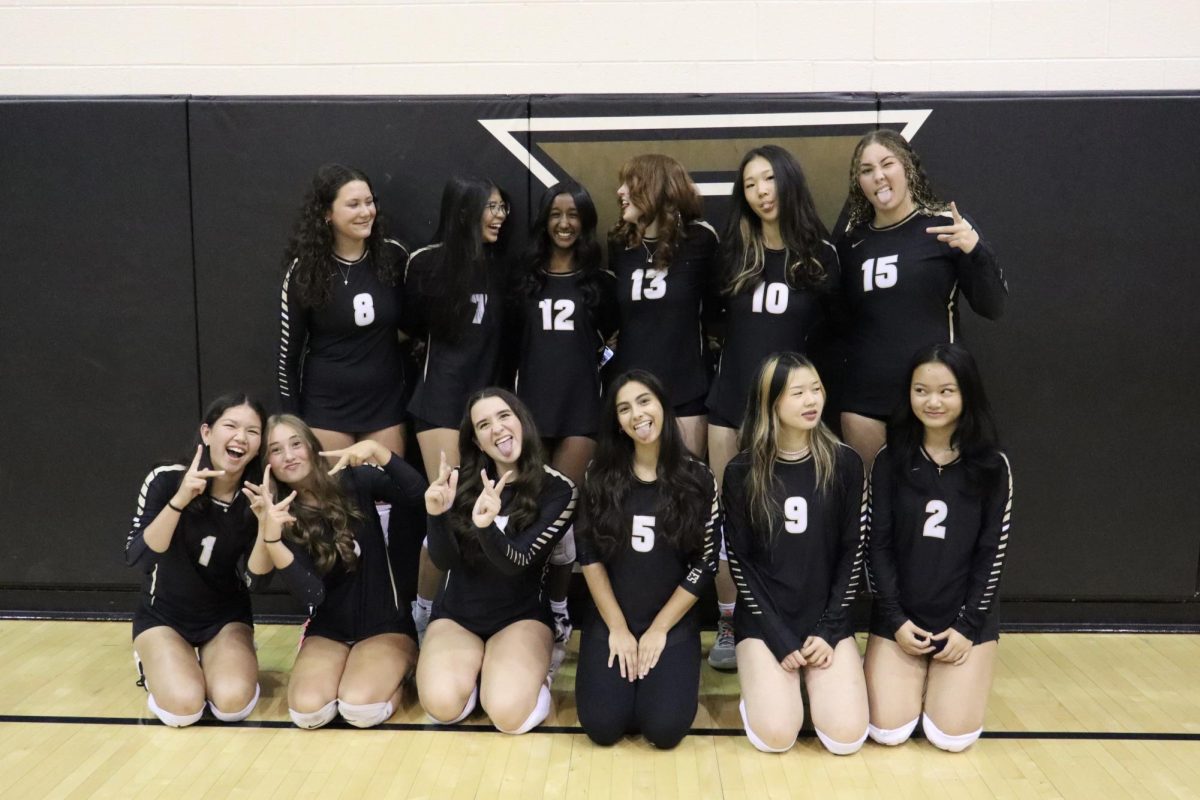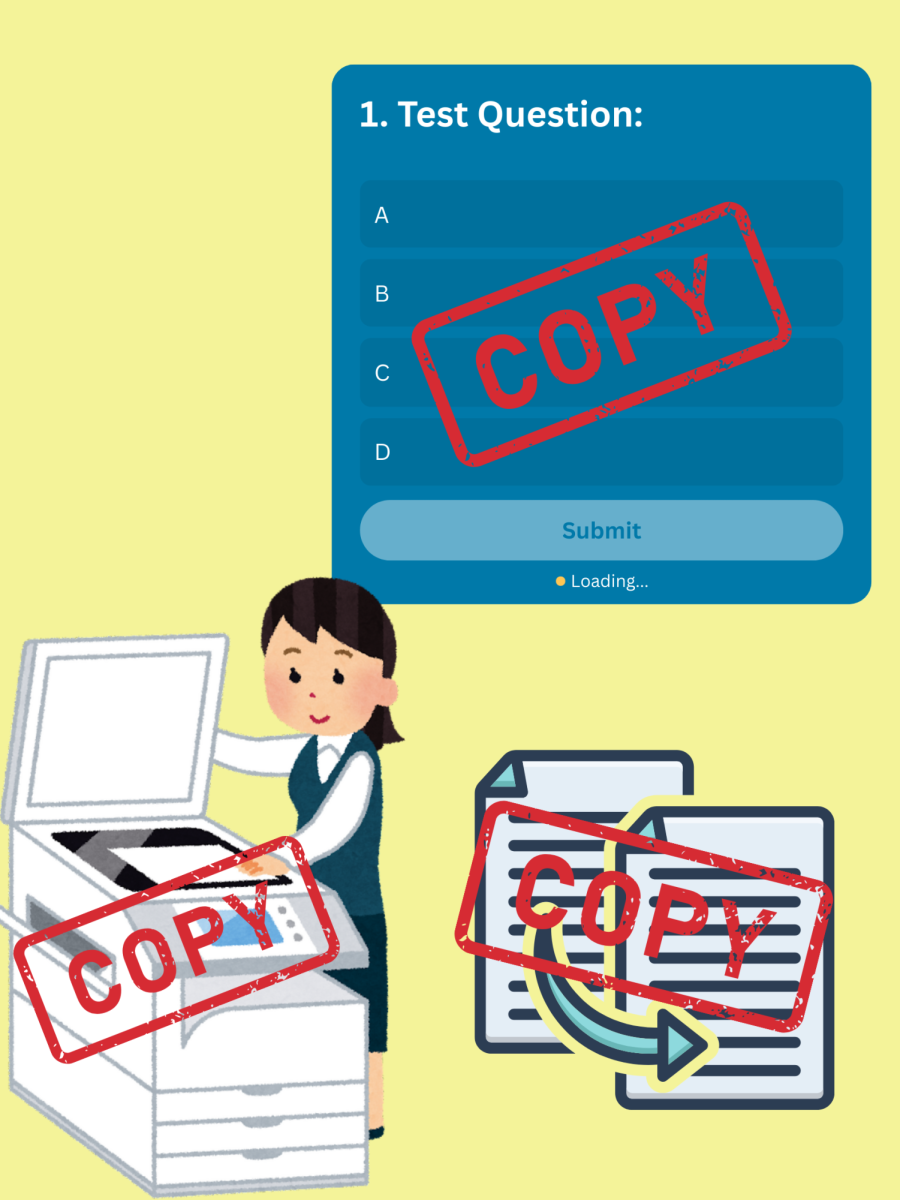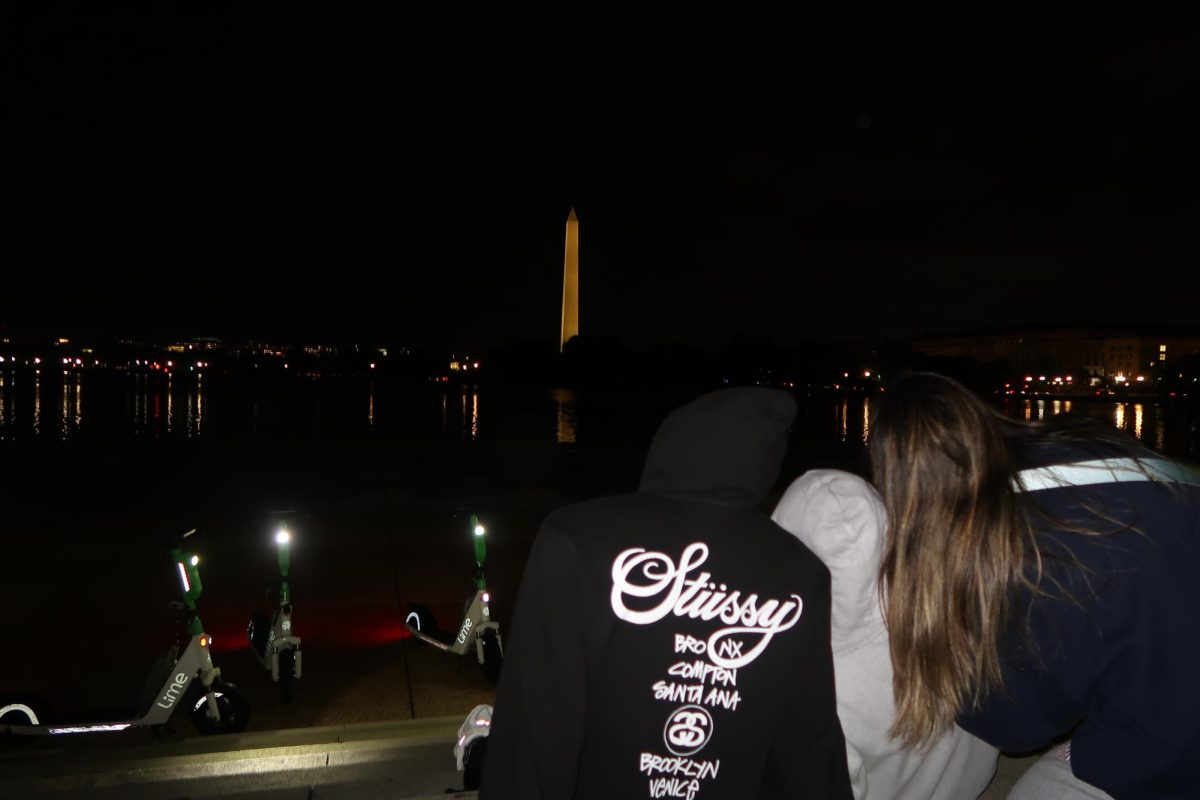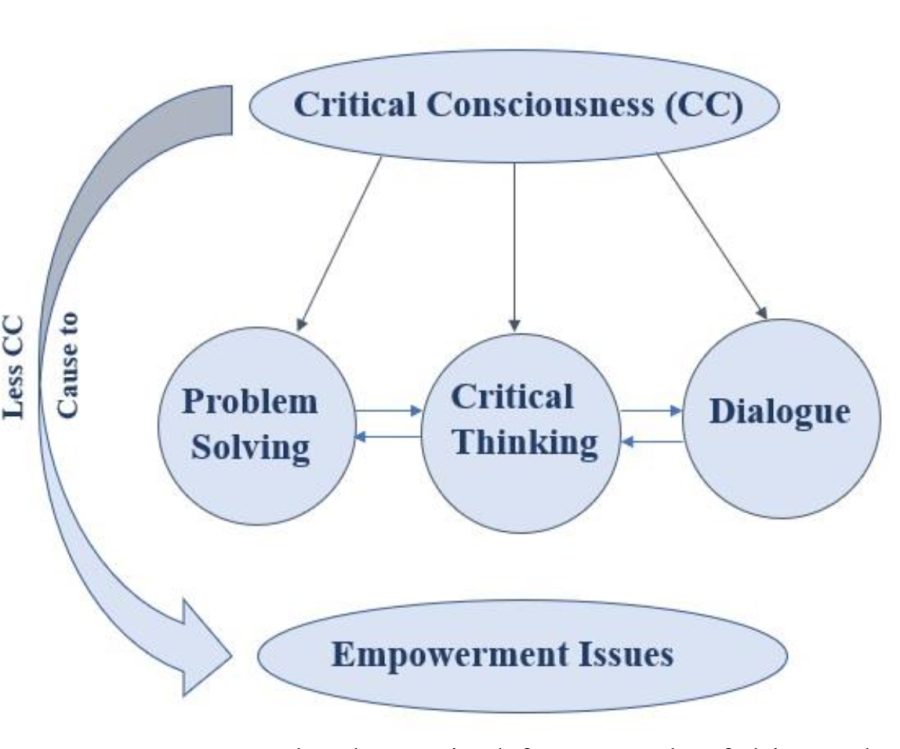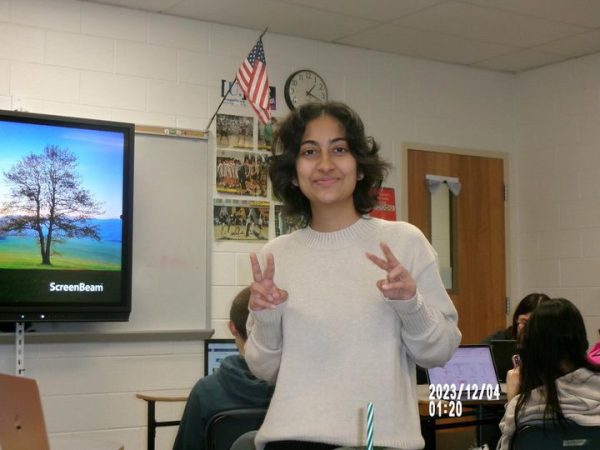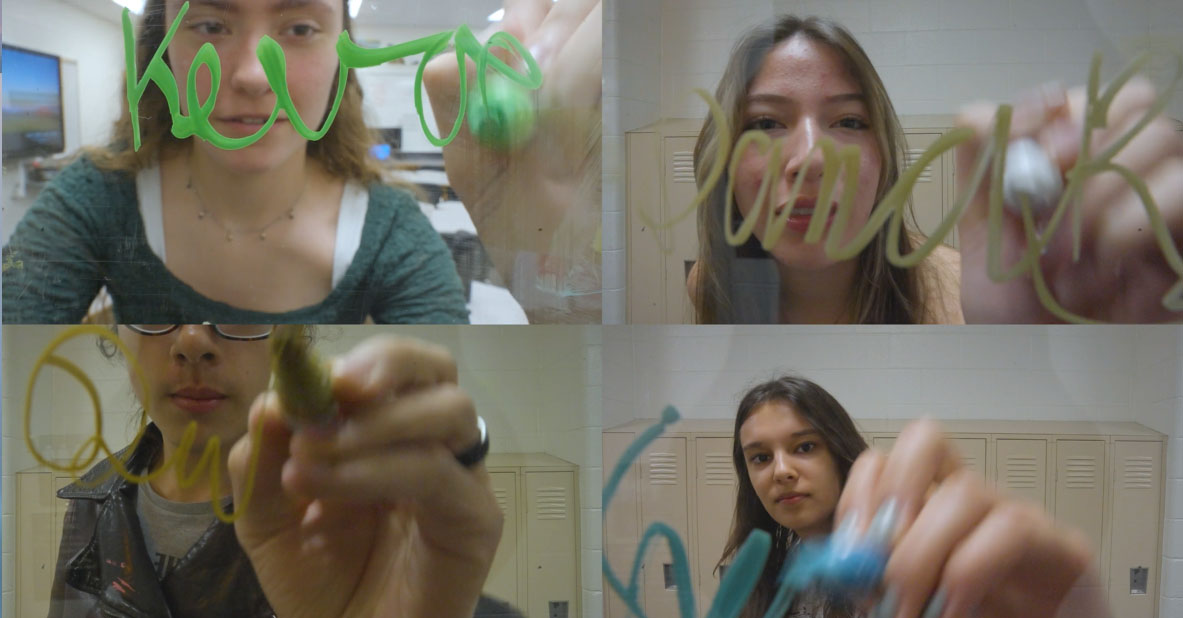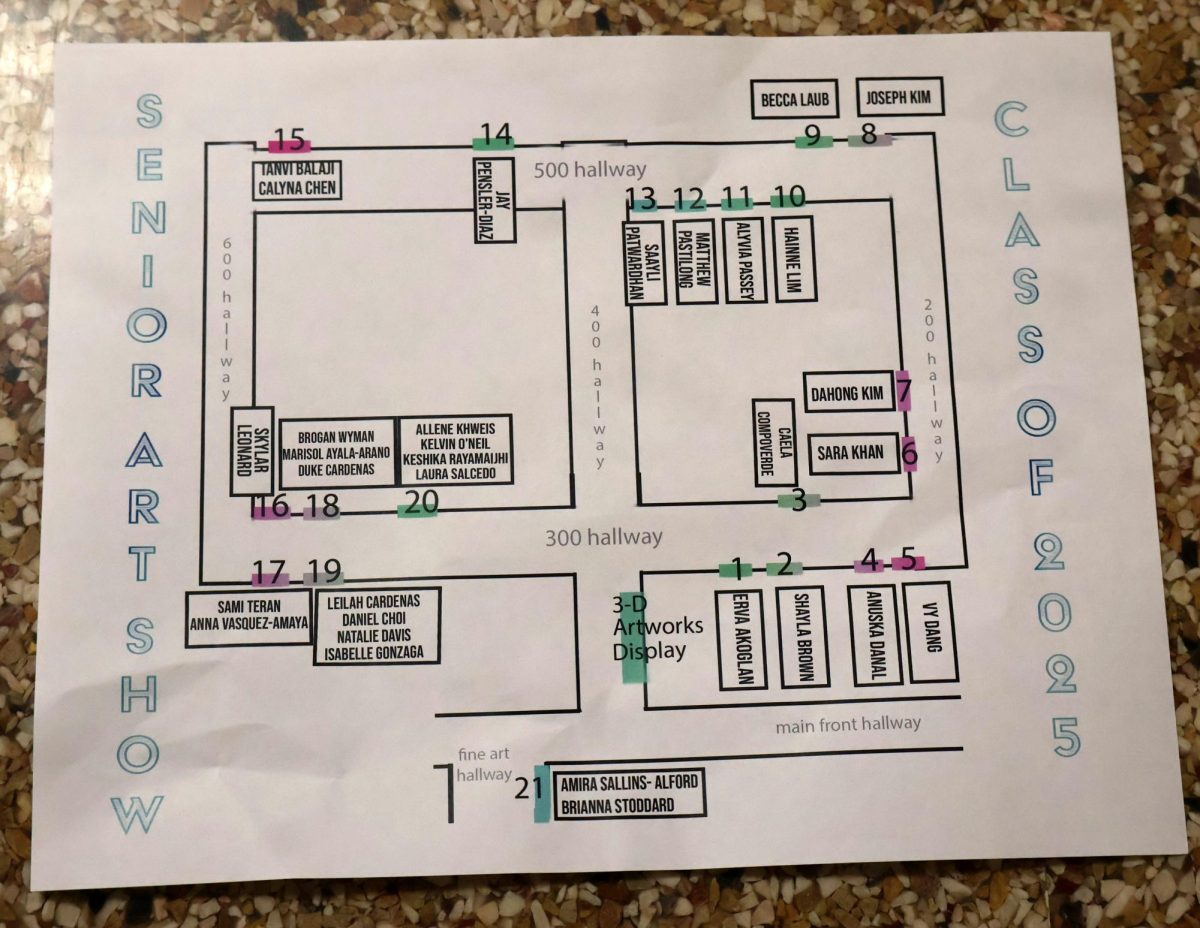Defining Critical Consciousness and Its Importance in Education
Graphic from files.eric.ed.gov
This graphic explains the stages of Critical Consciousness: Problem Solving, Critical Thinking and Dialogue.
June 9, 2022
To understand the world, one of the most important tools is Critical Consciousness (CC). CC is a theory founded by the Brazilian educator, Paulo Freire, that focuses on achieving in-depth knowledge of social, political and economic structures in society to solve real world problems. But where do we develop levels of CC from? The answer is education.
Growing up, students develop their own perspectives from experiences they have in the education system, which eventually channels their views on society. CC plays a large part in changing the understanding of young adults’ educational lives into something more than just learning.
“Critical consciousness helps you to be able to see beyond your own personal experience and understand the diverse experiences that other people in the country have,” said Faiza Jamil, a Human Development Professor at Clemson University.
The key components of CC are dialogue, critical thinking and problem solving.
Dialogue creates connections between unheard voices, which leads to the ability to think critically. Critical thinking opens the door to problem solving; being able to find solutions to the current issues in today’s society.
An important aspect of why CC in the educational classroom climate is essential is because of “open dialogue”.
“Because we are facing problems in today’s world, we need that open dialogue,” said Zachary Barnisky, FHS social sciences teacher.
Dialogue in CC forms the positive connections between people, which create the driving force behind the transformation of society. Without dialogue, interactions in a classroom would be meaningless.
“[CC] creates more empathetic humans, because it allows for that understanding and dialogue; being willing to speak about it,” Barnisky said.
CC with dialogue can have a strong emotional impact on student’s lives. Speaking about the experiences among students and building a critical conscious environment gives opportunity for them to use their voices for social change.
The use of dialogue makes critical thinking the common ground among students and teachers in a classroom. Classrooms engaging in critical thought enable students and teachers to effectively analyze the institutions around them and how they impact the way education is taught.
Using CC as a tool for engaging in critical discussions in schools also gives teachers a way to expand on the curriculum, putting in their own perspectives on the units they teach. This develops more critical thought, which eventually leads to engagement within classrooms.
“Having only surface level of knowledge on anything only allows for surface level thinking, not critical thinking,” said Christina Farello, FHS English teacher.
Analyzing curriculum based work from the ordinary perspective only enables surface level thinking, but giving the chance for more elaborate thought is how critical thinking gets built.
Involving CC in aspects of life cannot be done without the final stage, problem solving. Problem solving is the ultimate step towards impacting how the world functions, and involves all the overall CC concepts in one.
With critical thinking and classroom discussions, problem solving is a productive way to find solutions to fix social and institutional issues prominent in society. Classrooms can use real-world examples to form a plan to reach levels of liberation for those who face injustices.
CC is not a well known theory in people’s lives, but opens many doors to how humans gain knowledge on themselves and the world around them.
Whether it comes from experience, education, morals or values, CC has ways of relating every aspect of life to each other, making it a tool for improvement for the next generations.
The true power of CC is not the written word on a piece of paper; it’s how humans use its ideas to determine the outcomes of the future.
